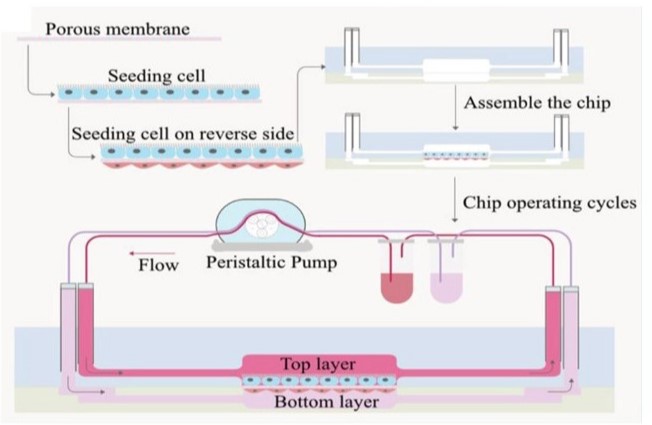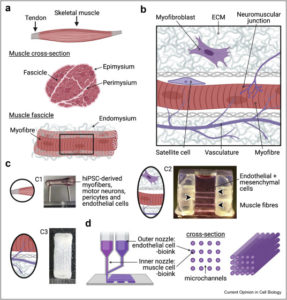Introduction
Liver microphysiological platforms for drug metabolism applications are the need of the hour to fix the exorbitant costs of drug development. Toxicology or lack of efficacy are two of the most common reasons for pharmacological failures. For a novel pharmaceutical product to reach the market, it takes an average of ten years to develop.

The pharmaceutical industry has been striving hard for efficient techniques of drug discovery. When it comes to disease modeling and drug testing, organs on a chip, a cutting-edge technology capable of simulating the physiological environment and functions of human organs on a chip, has immense potential.
Liver-on-a-chip integration into the multi-organ platforms enables to produce even more physiologically relevant models for drug toxicity assessment and evaluate off-target drug toxicity in parallel with hepatotoxicity studies thus improving the process of drug discovery.
Learn more in the paper below
How to culture vascularized & immunocompetent 3D models in a standard Multiwell
Abstract
The author states, “Drug development is a costly and lengthy process with low success rates. To improve the efficiency of drug development, there has been an increasing need in developing alternative methods able to eliminate toxic compounds early in the drug development pipeline.
Drug metabolism plays a key role in determining the efficacy of a drug and its potential side effects. Since drug metabolism occurs mainly in the liver, liver cell-based alternative engineering platforms have been growing in the last decade.
Microphysiological liver cell-based systems called liver-on-a-chip platforms can better recapitulate the environment for human liver cells in laboratory settings and have the potential to reduce the number of animal models used in drug development by predicting the response of the liver to a drug in vitro. In this review, we discuss the liver microphysiological platforms from the perspective of drug metabolism studies.
We highlight the stand-alone liver-on-a-chip platforms and multi-organ systems integrating liver-on-a-chip devices used for drug metabolism mimicry in vitro and review the state-of-the-art platforms reported in the last few years. With the development of more robust and reproducible liver cell-based microphysiological platforms, the drug development field has the potential of reducing the costs and lengths associated with currently existing drug testing methods.”
References
Kulsharova G, Kurmangaliyeva A. Liver microphysiological platforms for drug metabolism applications. Cell Prolif. 2021 Jul 22:e13099. doi: 10.1111/cpr.13099. Epub ahead of print. PMID: 34291515.


